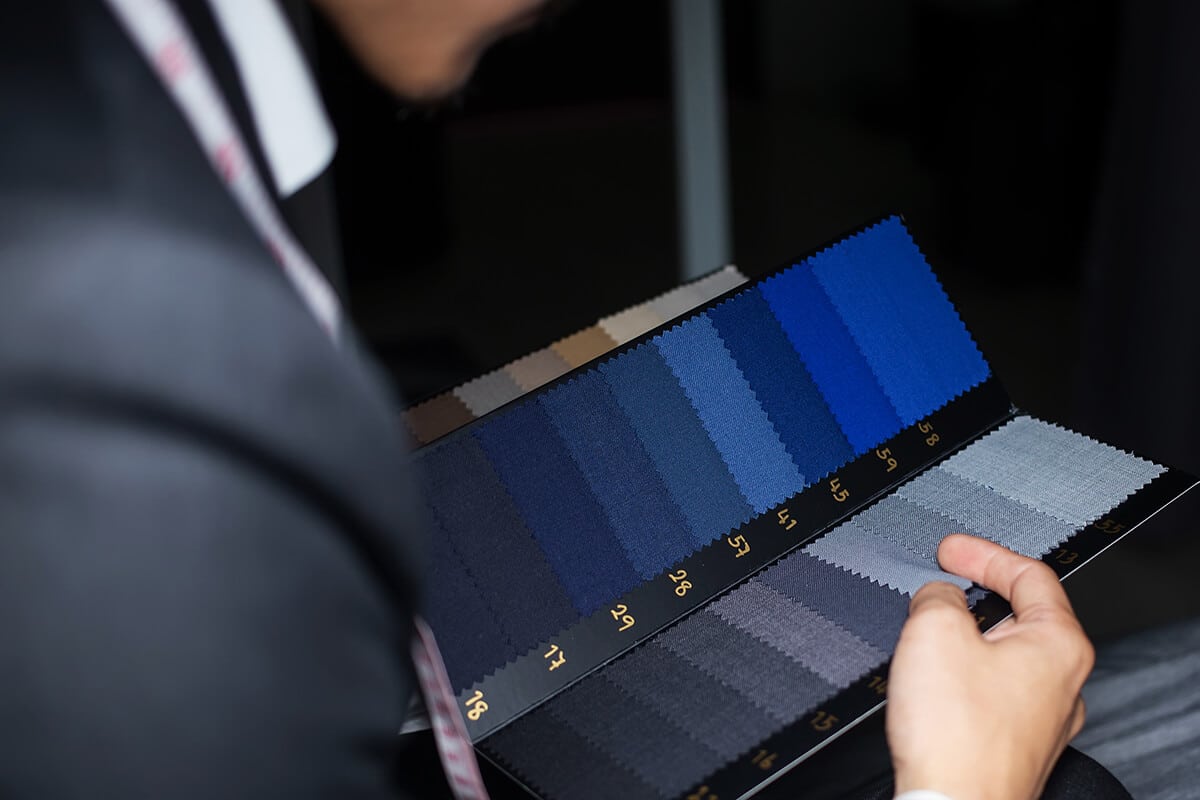Even identical twins are not exactly alike; everyone is unique. However, that is not the reality that you see represented when you buy for clothing. From small to extra-large, you can choose from three sizes—four if you’re lucky—as if there were just four various sizes of humans. What about the differences in your arms, legs, shoulders, and seat, putting aside your waist and height? Tailors can be of assistance here. Every article of clothing you wear is specifically tailored to fit your body when you visit a tailor.
Many people only wear suits on special occasions, but if you work as a lawyer, banker, funeral director, or another similar job, you’ll need to wear a suit every day. Whatever your identity, it’s wise to comprehend what tailors do. In this article, we’ll examine some of the most popular tailoring adjustments, their definitions, and the significance of each.

Before we get started, a brief word about tailoring. When you visit a tailor, they can make things smaller much more quickly than they can make them bigger. When purchasing off-the-rack clothing, you should choose items that are slightly too big rather than too tiny, whether that means shortening your trousers or making the waist tighter (more on that later).
The hem of the pants
The trousers of a suit you buy off the rack nearly always come unhemmed since the person selling it to you assumes you’ll get it fitted. Fabric that hasn’t been hemmed will literally unravel. In the realm of suits, we’re proud to report that most of our trousers are ready to wear. Already hemmed are they. In the event that you need to have your pants hemmed, you will discuss where you want the hem to fall with the tailor.
The break is the distance between the bottom of your pants and the top of your shoes. Generally speaking, your appearance becomes more formal the more breaks you have. Without a break, your socks are frequently visible. With a full break, one entire fold of your trouser leg will skim your shoe. It’s up to you how much break you want for aesthetic reasons.
You can also request turn-ups while having your pants hemmed; this is a matter of personal preference and, in general, turn-ups should just barely touch the top of your shoe. Additionally, they frequently look better without turn-ups on roomier pleated pants rather than slim trousers.
Putting on (or Taking Off) the Pants

You’ll need your tailor to take in the waist if your pants are too big around your waist. Conversely, if your pants are too small, you’ll need to let them out a bit; just keep in mind that there are restrictions on how much you can let your pants out. Only surplus fabric on the legs of the pants can be let out, and even then, only slightly. Additionally, you might ask your tailor to let out or bring in the region around the crotch.
To give the suit a more contemporary appearance, you can also ask your tailor to bring in the trouser leg. You might also request tapered trousers, which have wide legs at the top and gradually narrow as they descend.
Increasing the Sleeves
If you’ve been keeping up with the slang thus far, bringing up the sleeves refers to shortening them. Go see the tailor since, like with pants, the sleeves on off-the-rack coats are purposefully constructed to be fairly lengthy. Again, we’re a bit of an oddity in that our coats are ready-to-wear and come with a wide range of different sleeve lengths. When you go to your tailor for a fitting, you should wear a fitted dress shirt underneath your jacket. The ideal amount of shirt sleeve exposure is desired; too little will make your jacket appear too long, while too much will make it appear too little.
Increasing the Waist of the Jacket

Many men prefer tapered trousers. In a similar spirit, many men (perhaps even more) prefer a tapered jacket, which is broad at the shoulders and narrows down to a V-shape around the waist.
You don’t have to have the tapered appearance; fashion is primarily about personal taste, so if you prefer a boxy suit, by all means, rock it. Whatever you need, though, if you believe your suit jacket is too big, have your tailor take it in.
Minor fixes and alterations

As suits deteriorate with use, you’ll ultimately start to notice minor tears and holes in your suit. Tailors are able to fix these; they can do so by employing a variety of methods such as over weaving, darning, and reweaving. If a hole is too large, it might not be possible to fix it.
Changes and repairs to zippers, buttons, and similar components are considered minor changes. If one of your buttons fell off and couldn’t be replaced, you might want to replace them in order to update your style. Pick the choice that you think best complements (pun intended) your appearance among the many that your tailor is going to present to you.
Tailored suits
You may have observed that off-the-rack suits require a lot of adaptations; more frequently than not, you’ll need all of the modifications we described above, excluding the repairs. Because of alterations to your body or sense of style, you might occasionally need to have a custom suit adjusted. However, you won’t need to have it altered right away because it will already be exactly tailored to your own shape and preferences! Invest in yourself by getting a custom suit, which comes with advise from style experts, a variety of fabric choices, and a tonne of customization possibilities to make it completely unique to you.









